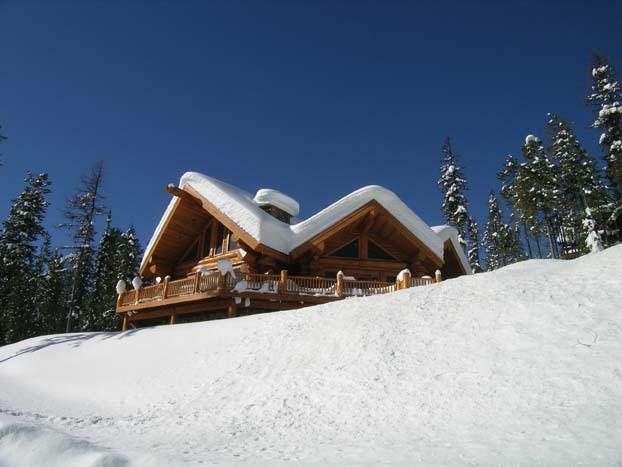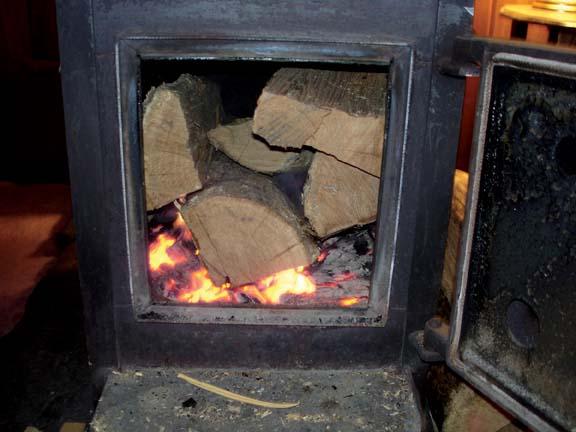The Green Road Less Traveled
Montana weather may be blissful for skiers, but it can be notoriously hard on homeowners’ wallets. Luckily there are a variety of things you can do to reduce energy costs. Conventional methods include water-heater wraps, CFL light bulbs, repairing leaky faucets, turning down the thermostat on your water heater, insulating hot water lines, properly caulking windows and doors, putting re-circulation pumps on a timer, replacing windows and beefing up insulation… the list goes on, and most of us already take some or all of these energy-saving steps. What many people overlook are the more unconventional options. Here are a few to think about while writing checks to Northwestern Energy this winter.
Solar hot-water heating system. This is a system that uses solar panels to preheat the water traveling to your hot-water heater, offsetting 70% of the cost. These systems are simple, work year round, and create a good return on investment (8-10 years).
Energy monitors. These little devices provide an instant reading on your current energy usage. You can then use a Google program to graph your consumption. Quantifying and increasing energy-use awareness can help you focus on areas of waste and trim costs by up to 16%.
Energy audit. This highly recommended service will produce a comprehensive audit of all aspects of your home’s energy usage while making recommendations on ways to maximize the efficiency and comfort of your home. Northwestern Energy provides this service for free.
High-efficiency woodstoves. Rais woodstoves are carbon-neutral, meaning that the CO2 emissions from burning wood in one of these stoves is equal to the amount of CO2 the wood would have given off had it been left to decompose in its natural surroundings. I like to set my thermostat at about 60 and use the stove to warm tings up in the evenings, when our family spends the bulk of our time in the house. No reason to keep an empty house warm burning fossil fuels! Rais stoves are also eligible for the $1,500 federal tax credit until December 31, 2010.
Shower hot-water saver. Here’s a common morning ritual: You turn on the shower and while it’s warming up, you leave to perform another morning task, like brushing your teeth. You don’t time your return perfectly and so several gallons of warm water run down the drain before you get in. A shower hot-water saver is a simple yet effective device that automatically pauses the shower's water flow after 46 seconds, preventing additional waste. This translates into an annualized savings up to 2,500 gallons of water and over $75 in heating costs.
All of these ideas can easily be implemented in existing homes; just be sure to compare upfront installation costs with long-term energy savings. For new construction, I recommend maximizing your build site to take full advantage of passive solar options. Think about using a flooring option in front of sunny windows that will capture and radiate the heat from the sun. It is recommended to use two-foot overhangs at this latitude to shade windows in summer, yet capture the sun’s warmth in winter. It is important to remember, however, that as we build tighter homes, products used within the home that contain VOCs (volatile organic compounds) may cause health issues and should be avoided. Check labels carefully to be sure the products you are using are no or low VOC.
Alexa Calio owns and operates Refuge Sustainable Building Center in Bozeman. For more information, call 585-9958 or visit refugebuilding.com.














